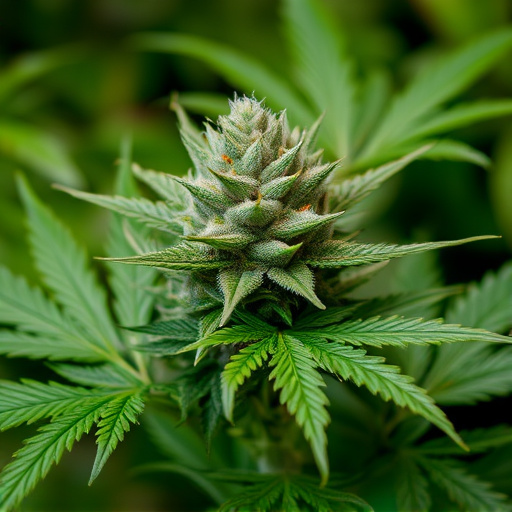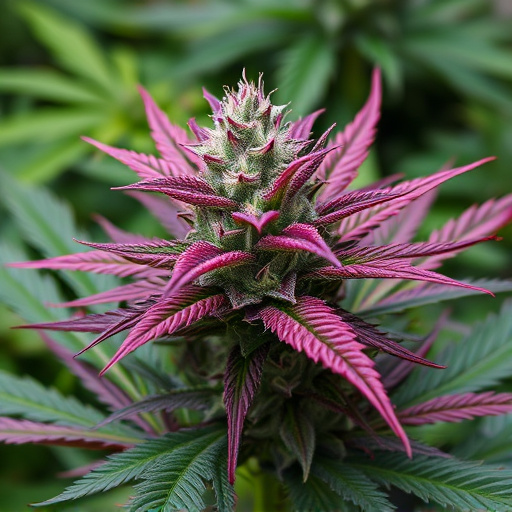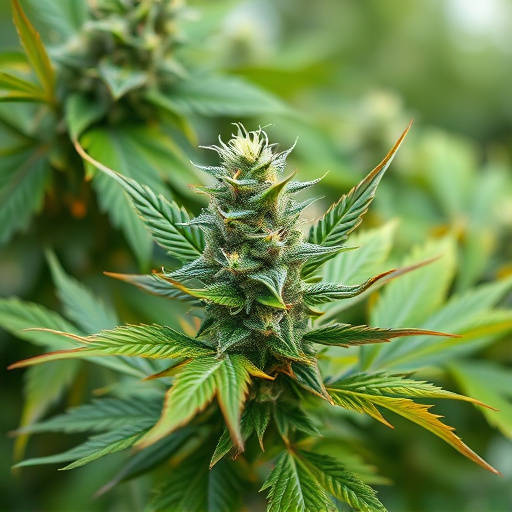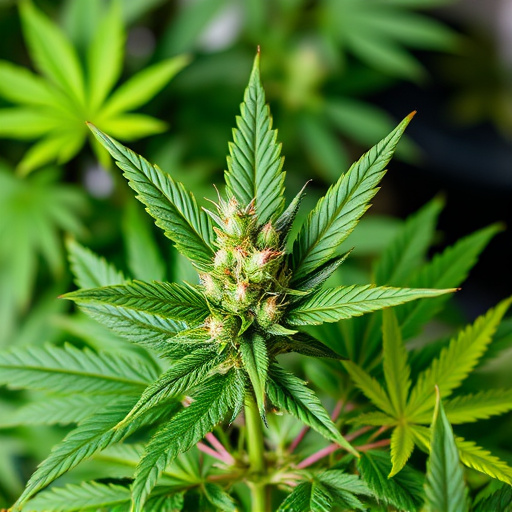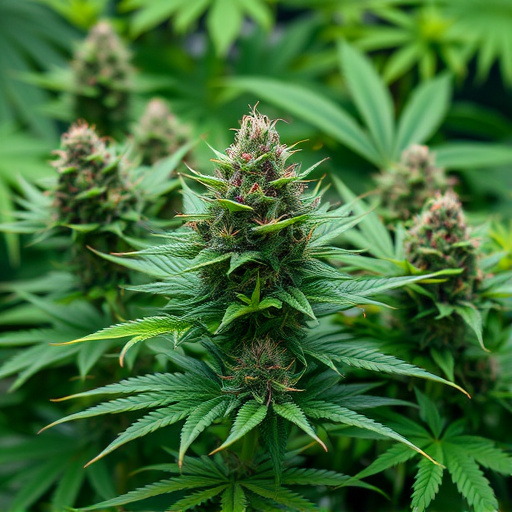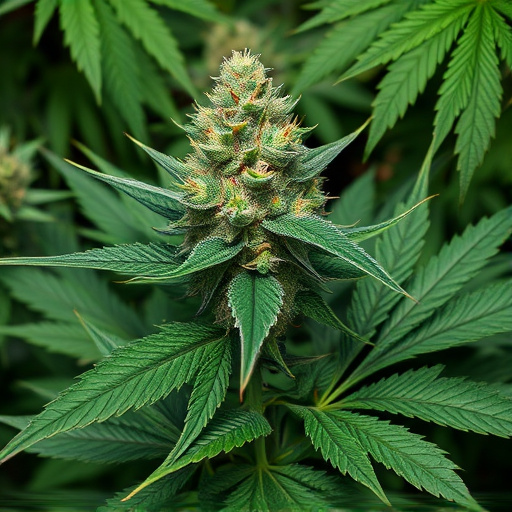Cannabis metabolism varies based on individual factors and consumption method. THC, with a longer half-life, is detectable for extended periods, while CBD is eliminated faster. Different cannabis strain types, such as Sativa (higher THC, shorter detection), Indica (higher CBD, longer retention), and Hybrids, have varying detectability times. Consumption methods like smoking, vaping, or edibles also impact duration, with edibles leading to longer retention. Regular use and metabolism influence detection periods differently for occasional users and those with developed tolerances.
Looking to understand how long cannabis remains detectable in your system? This guide breaks down everything you need to know. We’ll explore cannabis metabolism, the factors influencing detection time, and how different types of cannabis strains can impact the duration. By understanding these key aspects, you can make informed decisions regarding use and testing. Discover the science behind cannabis elimination and learn which strains may leave a trace for longer periods.
- Understanding Cannabis Metabolism and Elimination
- Factors Influencing Cannabinoid Detection Time
- Different Types of Cannabis Strains and Their Effects on Duration
Understanding Cannabis Metabolism and Elimination
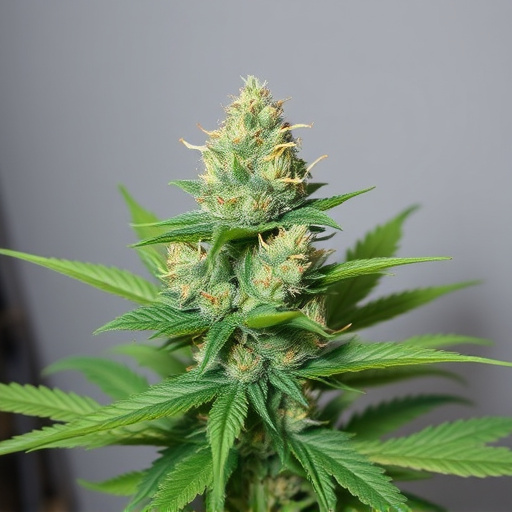
Cannabis metabolism refers to how your body processes and breaks down the compounds present in marijuana. This process involves several enzymes and metabolic pathways, which can vary depending on factors like age, weight, overall health, and whether you’ve consumed cannabis orally or smoked it. When cannabis is consumed, active compounds like THC (tetrahydrocannabinol) and CBD (cannabidiol) enter your bloodstream. These compounds are then metabolized by the liver, where they undergo transformation into various metabolites before being eliminated from the body.
The elimination process for cannabis is complex due to the diverse range of chemical components found in different types of cannabis strains. THC, for instance, has a relatively long half-life, allowing it to remain detectable in urine and blood tests for several days or even weeks after consumption, particularly in higher concentrations. In contrast, CBD is generally considered to have a shorter elimination period, making it less likely to show up in routine drug screenings. Understanding these metabolic dynamics is crucial when considering the potential effects of cannabis use on various aspects of your life, especially when mixed with other substances.
Factors Influencing Cannabinoid Detection Time
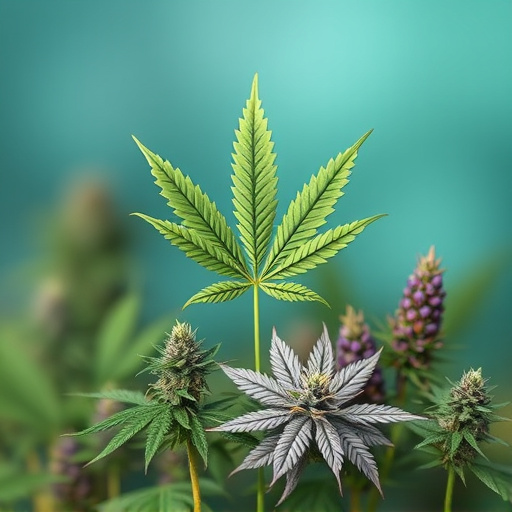
Several factors influence how long cannabis flowers (or its metabolites) remain detectable in your system. One significant factor is the type of cannabis strain consumed. Indica strains, known for their relaxing effects, tend to have higher levels of THC and shorter detection windows compared to Sativa strains, which are more invigorating and often contain higher concentrations of CBD.
Additionally, methods of consumption play a role. Edibles, due to their delayed absorption and metabolism, can result in longer detection times—sometimes even days—while smoking or vaping cannabis may lead to faster elimination from the body. Other factors include frequency of use, individual metabolism, and overall health. Regular users might experience shorter detection windows because their bodies develop tolerance, while occasional users could have longer retention times.
Different Types of Cannabis Strains and Their Effects on Duration
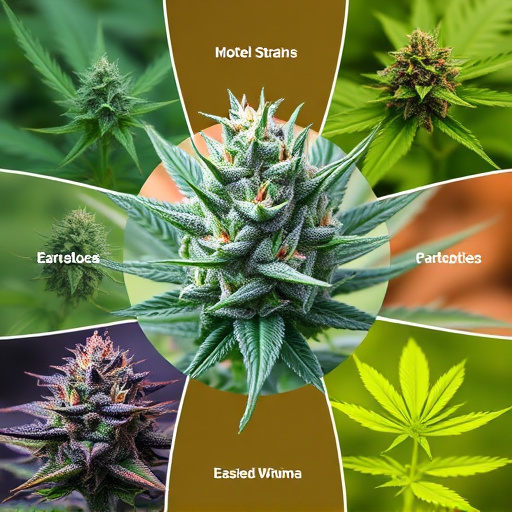
Cannabis plants come in various strains, each with unique chemical compositions and effects. These differences can play a significant role in determining how long THC (the primary psychoactive compound) remains detectable in a user’s system. Sativa strains, known for their uplifting and energizing effects, tend to have higher levels of THC but lower concentrations of CBD (cannabidiol), which may contribute to a faster metabolism and shorter detection windows. Indica strains, on the other hand, with their relaxing and sedative properties, often contain higher CBD-to-THC ratios, potentially leading to longer durations due to slower breakdown rates. Hybrid varieties offer a mix of these effects, and their impact on THC clearance can vary depending on the specific genetic makeup.
The way a strain’s compounds interact with an individual’s metabolism and biology influences how long cannabis remains in their system. Factors such as tolerance, frequency of use, and personal metabolism also play a role. For instance, regular users may experience faster elimination rates compared to occasional consumers due to developed tolerances. Additionally, the method of consumption—whether smoking, vaping, or edibles—can affect detection times, with oral ingestion generally resulting in longer periods due to slower absorption and distribution.
The duration cannabis remains detectable in your system varies based on metabolism, elimination, and strain type. Understanding these factors empowers users to make informed choices. While regular consumption can lead to longer detection times, specific types of cannabis strains may offer shorter window periods. Knowing the impact of different strains on testing results is essential for responsible use and accurate interpretation of outcomes.








